
surfresearch.com.au
greenough : surf mats, 1979.
greenough : surf mats, 1979.
|
|
|
|
|
|
 |
surfresearch.com.au
greenough : surf mats, 1979. |
|
Everything
You Ever Wanted to Know
About Surf Mats. A Survey by George Greenough 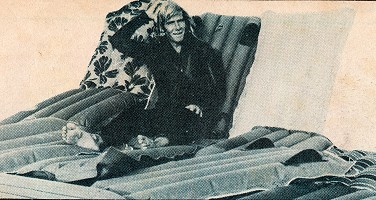 Page 5. Page 5. |
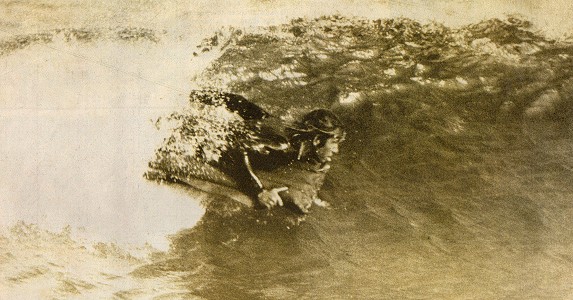 |
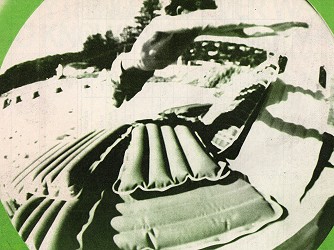 George applies the "pop" test. |
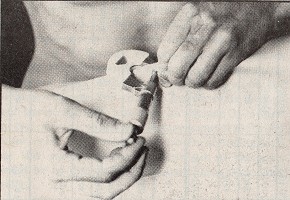 Thickness test |
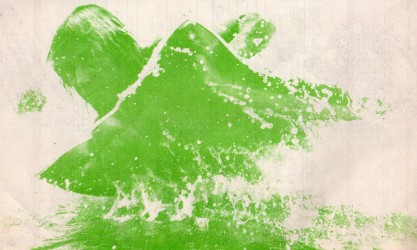 |
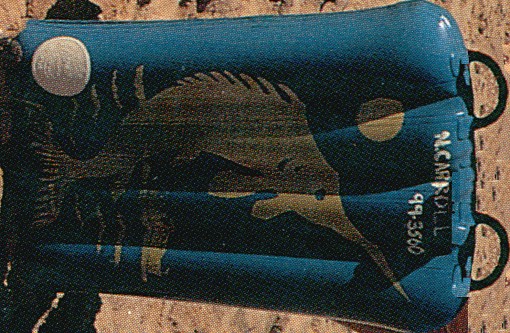 1969 Surf-o-plane Marlin model |
1977
Merrin, Air mat
|
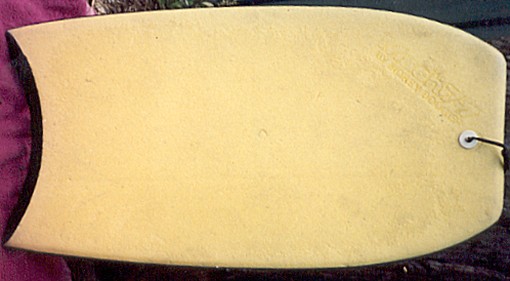 1980 Morey Boogie Mach 7.7 |
| Page 22
Who Is Bunker Spreckles?
.....Bunker and
friend, Patrice Wayne.
Photograph by Garry Terrell. |
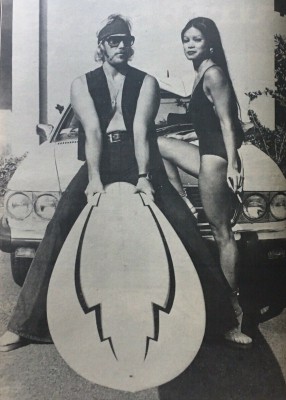 |
Page 25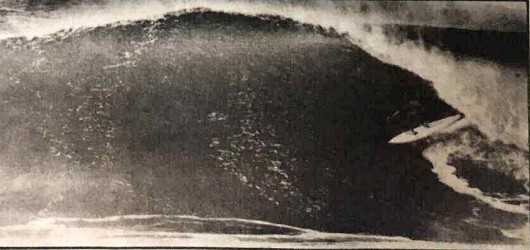 Peter
Towend, Honolua bay, Maui.
|
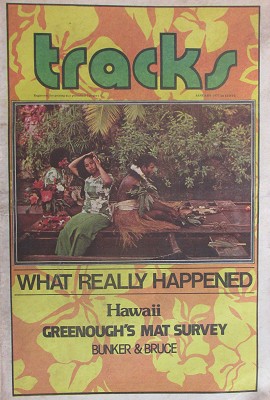 |
|
|
|
|
|
|